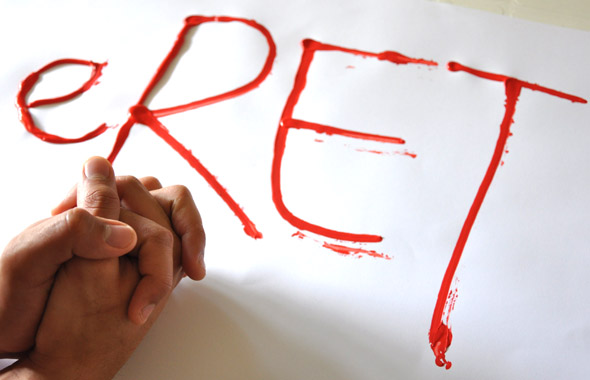
Sustainability shapes Queensland’s renewable future
Wind and solar power are among the plans for increased use renewable energy
 [/media-credit]
[/media-credit]
- A rebound in price for small-scale technology certificates in the Enhanced Renewable Energy Target (eRET) scheme next year will provide hope for many solar businesses.
The Australian Solar Energy Society, AuSES, is collaborating with the Federal Government to ensure stability across the Australian solar industry in relation to small-scale technology (STCs) pricing for next year.
At the start of the year STCs that were tradable for financial benefits faced a dip in price from $37 in January 2011 to as low as $14 in the middle of the year.
STCs are part of the Enhanced Renewable Energy Target scheme that was implemented on the 1 January 2011.
The constructed timeline delves into the progression and details of STCs.
Solar Choice’s solar energy policy analyst James Martin says the fluctuating price of STCs has caused the solar industry a lot of grief.
“A few of the bigger players (in the solar industry) have gone under,” he said.
“Lots of (solar) systems were installed when the price was high but certificates were not cashed in until after the price had dropped.”
According to Mr Martin, Solar Choice’s free solar installation brokering service in Australia and network of solar installers across the country means it is in a “unique position to see how things are changing in the industry,” in relation to STCs prices.
“Although the Office of the Renewable Energy Regulator has set up an STC clearing house that nominally offers $40 for each STC, no stakeholders will touch these while cheaper certificates are available elsewhere on the market,” Mr Martin said.
General manager of The Solar Guys Arno Bertogna says the instability of STCs pricing issue is due to insufficient transparency between the government and the solar industry.
“The issue is the lack of certainty and clarity to enable businesses to plan for the long term and short term,” he said.
“We don’t have a good understanding on how they (the Government) are substantiating the forecast and how they determine their targets.”
Chief executive of the Australian Solar Energy Society John Grimes says the society is presently supporting the Government’s work to make a more accurate forecast for the next calendar year.
“The Government is making a real effort this year to ensure it sets a target, which is much more reliant to the market reality,” he said.
“We are working collaboratively with industries to provide expert advice to the government.”
Solar businesses can expect to see STC prices rebound back to a trading range of $35 to $40 per certificate next year upon AuSES’ successful partnership with the Federal Government.
Story by Joleen Seam
